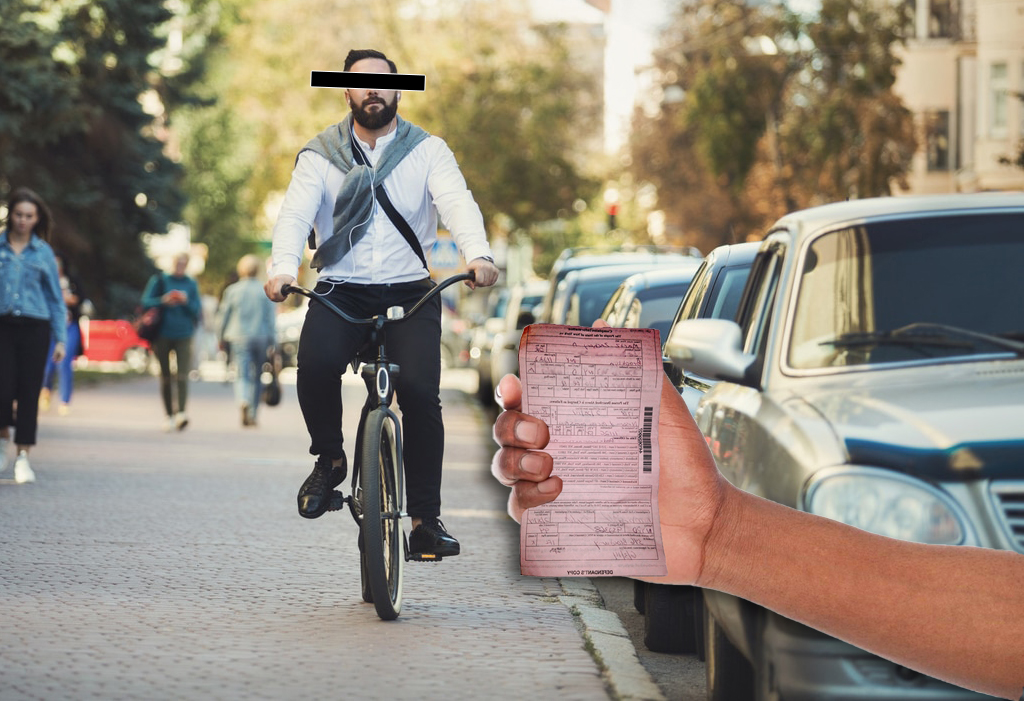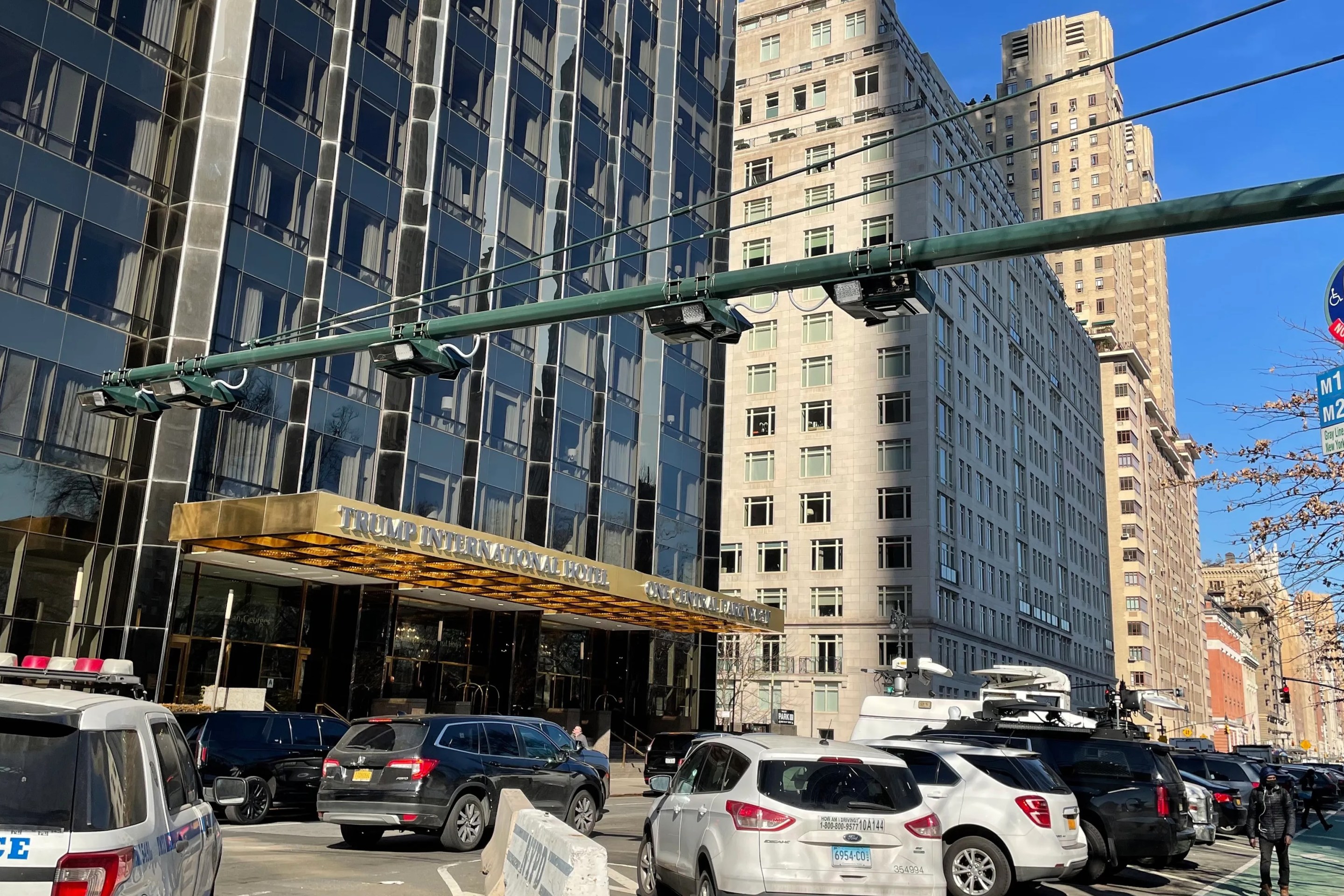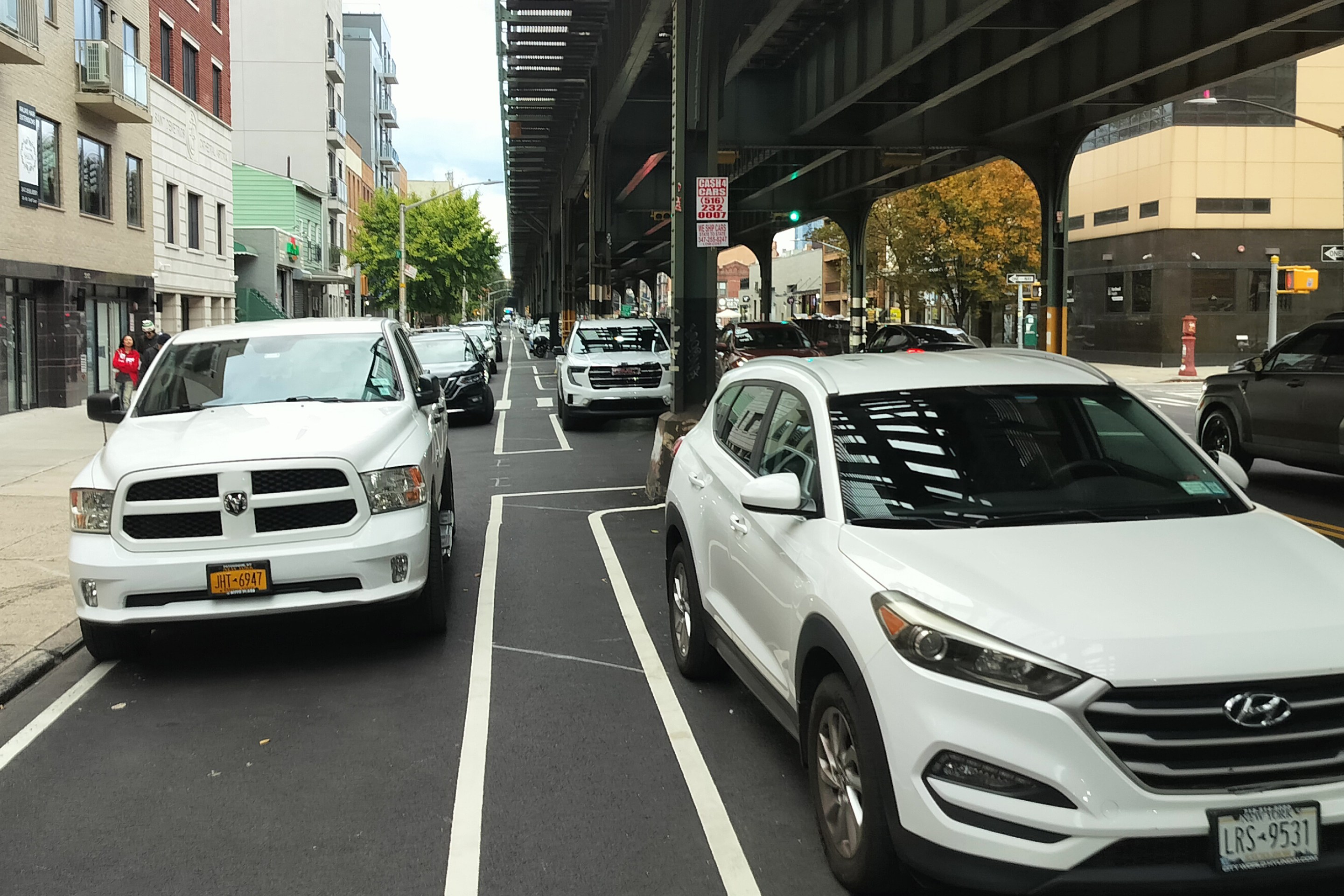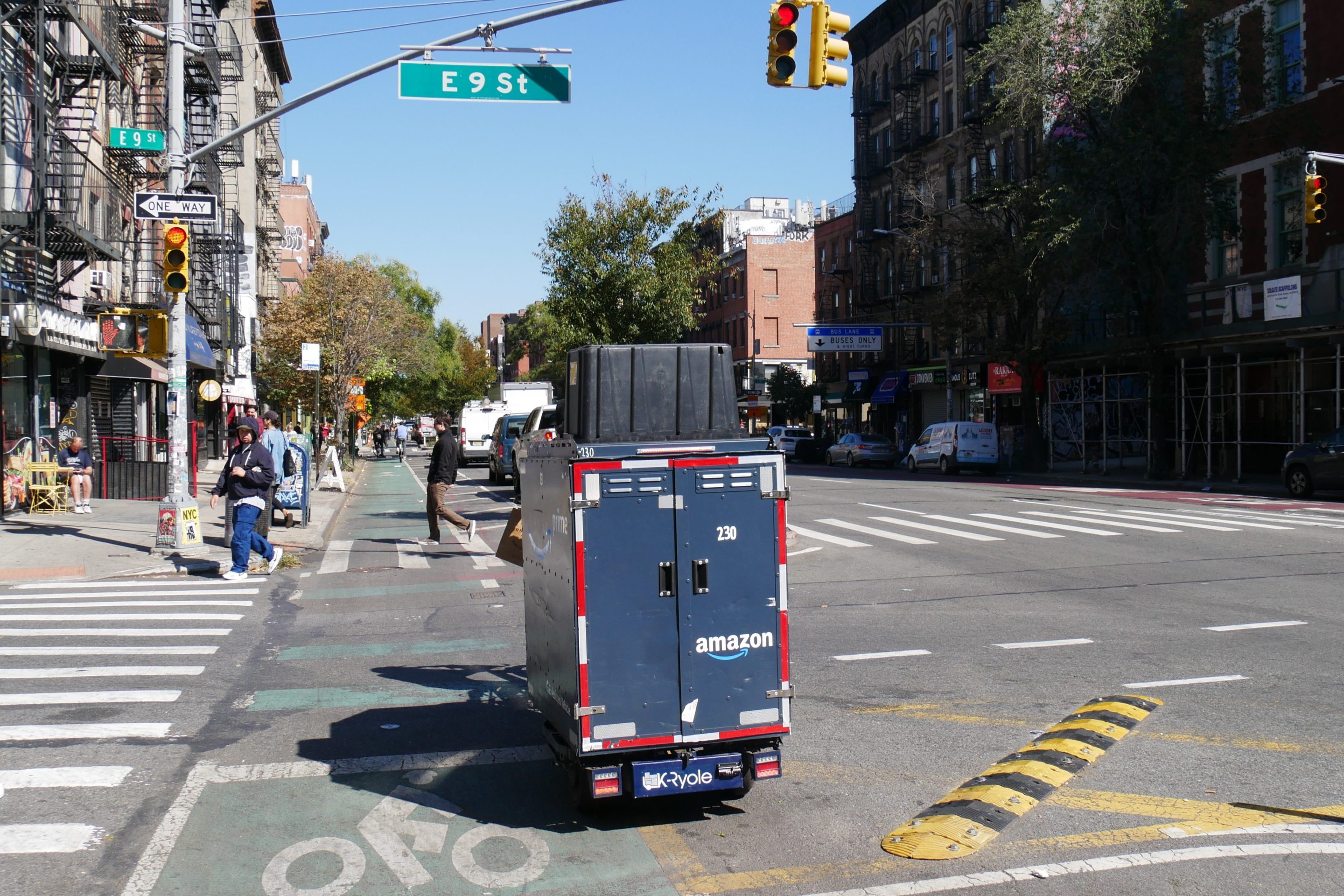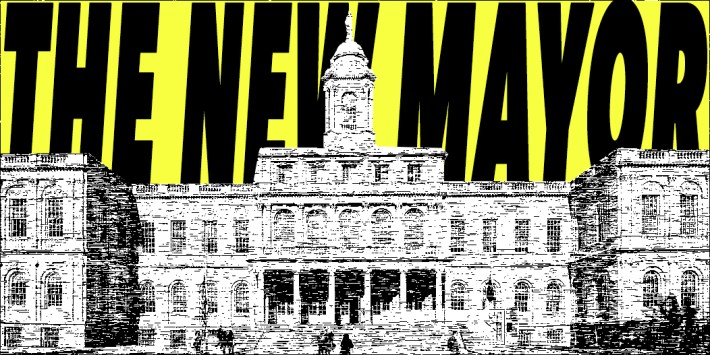
Zohran Mamdani was elected in part because he made getting around the Big Apple like the rest of us — by foot, bike, bus, and train — a central part of his appeal, and a key point of contrast between him and Gotham’s political establishment.
And if you listen to that same establishment, all that's going to change for the political novice. But does it have to?
“There is a tension between the mayor shaping the job — and the job shaping the mayor,” said Eric Phillips, who was press secretary for then-Mayor Bill de Blasio for three years. “Turning City Hall upside-down doesn’t work, but you have to make it yours."
Mamdani, Phillips added, is part of “a whole new generation.”
That generation — equally at home on a bike and a train, aboard both the bus and the ferry — expects Mamdani to govern in the same poetry as his campaign. And it doesn't expect the Democratic Socialist to be chauffeured around in a massive SUV.
“He ran a historic campaign that made bus riders visible for the first time. He rode the subway time and again and overwhelming won the precincts closest to the subway stations,” said Danny Pearlstein, the spokesman for Riders Alliance. “It’s never been clearer that New Yorkers elected a Rider-in-Chief. He must be [seen] in transit, and I think he grasps that intrinsically. And it’s worth the investment to make that a reality.
“It’ll take time, it’ll take personnel that you might otherwise not need inside of a Suburban,” he added. “But you can’t replicate life inside of a Suburban.”
Can the NYPD protect a bike-riding mayor?
City Hall veterans say that security concerns could complicate the new mayor’s transit habit — and even Mamdani admits it.
In October, he told Hell Gate that his primary victory in the June spelled the end of his life as a flâneur: “Because of the death threats that I continue to receive, I cannot move around the city without an armed security detail from the NYPD,” he said. In the same conversation, he recounted one of the assigned cops pushing back on taking an impromptu Citi Bike to a campaign event: “One of the officers was like, ‘My gun might fall out of my holster.’”
Mamdani’s NYPD detail, of course, figured out how to protect the candidate on two wheels, as when the entire retinue grabbed Citi Bikes from a dock on E. 54th Street (a woman screamed “communist” at Mamdani — to which he retorted: “It's pronounced cyclist!”)
But even that seemingly spontaneous jaunt likely required logistical forethought. “You have to be intentional about planning that in,” Mamdani explained to Hell Gate. “If you don’t take the time to put that into your own schedule, you will just travel around in the same car that mayors always travel around in.”
The people involved in protecting Mamdani — including his campaign, the NYPD, and the unions who represent the officers on his detail — would not publicly discuss Mamdani’s security arrangements and how they might conflict with his transit inclinations. The police referred Streetsblog to Mamdani’s transition team, which did not respond to a request for comment.
But Phillips and other veterans of city government said that it was important to understand how and why City Hall had become such a Suburban-centric operation in the first place. In some ways, becoming mayor means becoming walled-off from New York City, in the same way becoming President means you can no longer take an impromptu stroll around Washington D.C. “The optics are important,” said Phillips. “You should show the city that you share their lifestyle, even though the mayor’s lifestyle is not shared.”
Former officials interviewed pointed to the long history of threats against elected leaders and top officials in Gotham. Last year, four progressive council members received death threats. So did Julie Menin in 2023, Tiffany Cabán in 2022, and Eric Adams in 2016. In 2013, someone mailed ricin to then-Mayor Michael Bloomberg. In 2003, a political rival shot and killed a council member at City Hall. Dick Ratvich, then-chairman of the MTA in the 1980s, had to wear a bulletproof vest. Mamdani has already received his share of credible threats.
Two former Police Department officials said that transporting the mayor by car makes providing security easier because access is easily controlled. This is harder on a train car or a bike, where anyone can approach the mayor and there’s no way to determine the approacher’s intent. The mayor of New York City has no anonymity, either.
“You go onto the subway and people know you right away,” said one official. “Everybody knows your face.”
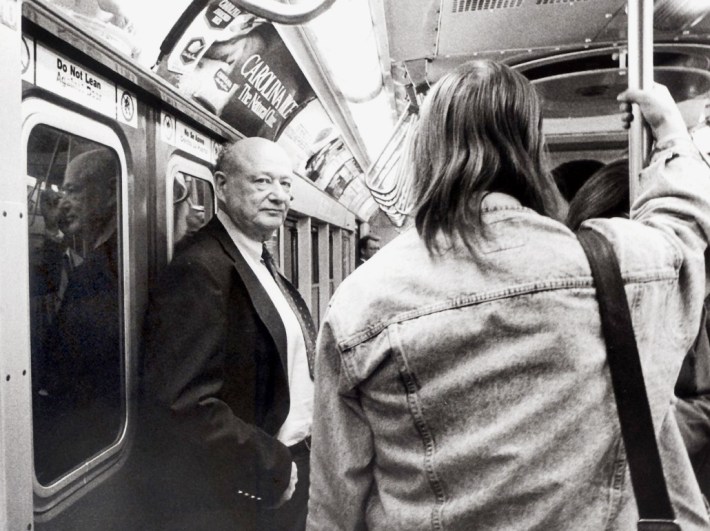
Even biking from Gracie Mansion down to City Hall would be complicated and require careful choreography, said a second former official. A mayor typically never travels alone. There's the police detail, likely four or more detectives; plus his personal aide, often called a body man; plus a press secretary or aide; and often a deputy mayor or other city official in tow; plus more officers in car trailing behind as a backup.
The size of the group and the trailing car complicate the logistics of the route. Mayor Mamdani likely wouldn't be able to use the East River Greenway because there's no way for a cop car to easily trail behind for long stretches of the journey, the official said. The next logical route would involve First and Second Avenue. Riding south on Second Avenue is probably pretty simple. But the northbound return would be up First Avenue, which is lined by 20 blocks of hospitals and the United Nations.
Does the mayor of New York City need a car?
Someone shoots a cop in Queens? A fire rips through an apartment block in The Bronx? New Yorkers expect their mayor to instantaneously materialize at the scene. And under certain conditions — or when Point A and Point B are not connected by an express train — a car can indeed be the best way to get to a specific point in the city.
“There’s a real need to be movable and to be flexible,” said the second former police official. Even when a mayor does take the train — where he is never alone due to his police detail — an SUV usually follows him.
The transit system simply poses a problem, even for a subway- and bus-loving mayor. There are few fast subway routes connecting Brooklyn to Queens, and none connecting the Long Island boroughs to the mainland borough, The Bronx. No train connects Manhattan to Staten Island. And you try to take a bus from Gracie Mansion to Jamaica.
Another issue is mayoral productivity. In a car, a mayor can read documents, make phone calls, talk with aides, or just think. On a bike, however, he would need to pay attention to the road ahead. And on the train? Passengers want to talk to or take a photo with the mayor, said veterans of the Bloomberg and de Blasio administration, so the whole ride is spent glad-handing. That’s not a bad thing, but it takes time, which means City Hall schedulers need to configure the mayor’s schedule around it.
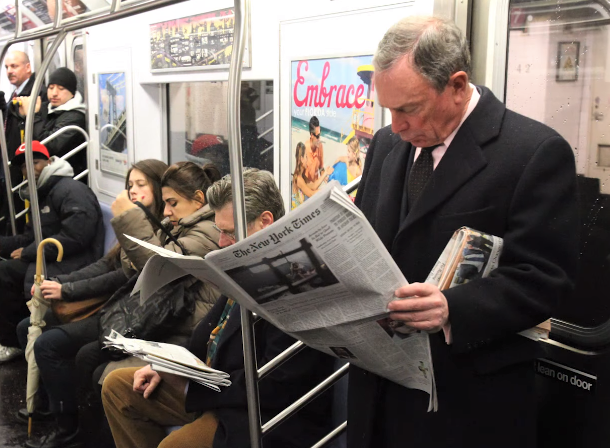
This was true for the city’s last young mayor, John Lindsay, who entered office in 1966 at the age of 44. One of his advisers, Sid Davidoff, recalled Lindsay being thronged by passengers every time he took the subway.
“When he got on the train, everyone wanted to talk to him,” he told Streetsblog, days before his death early Sunday at age 86. The Suburban in that era was a Cadillac limousine with one of the first car phones, which rang back to a switchboard at City Hall. Davidoff described it as his boss’s “home away from home.”
Lindsay’s battles over city streets defined his tenure. On his first day as mayor, transit workers walked off the job for a brutal two-week transit strike that brought the city to a halt. An equally nasty sanitation strike created the practice of placing plastic garbage bags directly on the sidewalk, which officials have only begun to tame with a containerization program. And a botched response to a major blizzard stranded Queens in white powder for days. Lindsay’s opponents hit him with a street-themed epithet: The limousine liberal.
He was also the first mayor to curtail cars in Central Park and took weekend bike rides around the city.
“He’d get on the bike and go from Gracie Mansion to Coney Island and he nearly killed me doing it,” Davidoff recalled.
Since then, mayors have kept the cars even as the cars frequently became a headache. Ed Koch described his Chrysler as a death trap after its brakes failed and it careened into a snowbank. Yet New Yorkers told City Hall by letter and phone "mini-referendum" that they wouldn’t support putting an old Cadillac mothballed by the city’s fiscal crisis back into service.
Bloomberg partially pedestrianized Times Square, oversaw the Citi Bike launch and made a point of riding the train to City Hall. Reporters still dinged him for his SUV use and his security detail’s habit of letting their cars idle. De Blasio bewildered the city when he used his convoy to sojourn from Gracie Mansion to a YMCA in Park Slope.
The city bought a new set of decked-out SUVs to ferry Mayor Adams around town. Early in his tenure, Adams would tout his experience as a transit cop when asked about the subways. But in October he used his fleet of SUVs to reach a press conference within the Times Square subway station, which is served by four lines that run to City Hall.
That's why the incoming Hizzoner must make a change.
“It’s hard to complain about the subway if you don’t ride it. It’s hard to know the Citi Bike system if you’re not getting a bike,” said Phillips. “It’s important to keep your finger on the lived experiences of the people you're working for.”

